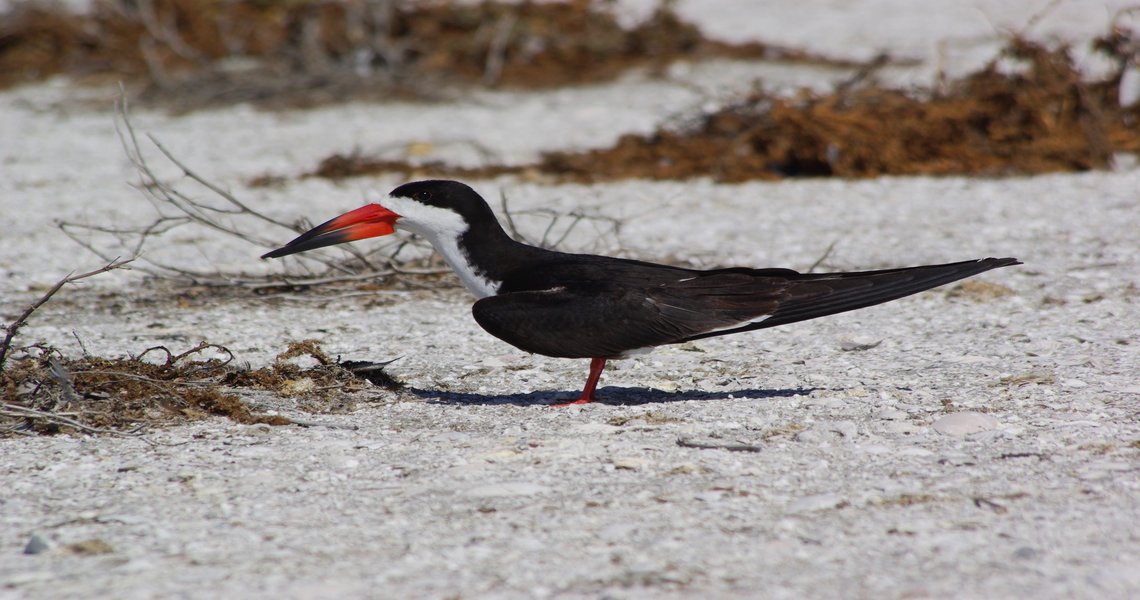Research Needs for Light-footed Ridgway’s Rail Recovery
Ongoing recovery efforts for Light-footed Ridgway’s Rail include protecting and restoring salt marsh habitat and a captive breeding program, but coordination of research and conservation projects is needed across their range to address knowledge gaps and enhance effectiveness of management actions.



















